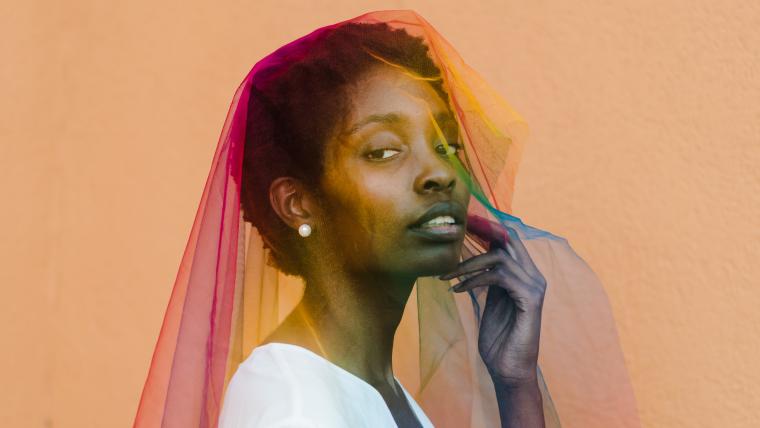
Why stock photos need to reduce the contrast between representation and reality
Do we see the world as it really is? Oftentimes, the media doesn’t portray marginalised groups accurately, or at all. It starts with something as simple as stock photography. These images are used everywhere from textbooks to advertisements. When people aren’t represented in them, it restricts how others recognise their identity. But this began to change the moment Karen Okonkwo and Joshua Kissi stepped into the picture.
While running a blog, Okonkwo recognised the lack of imagery depicting people of colour. So when she met Kissi, an established photographer, the pair joined forces to take on this injustice. In 2016, they launched TONL, an online platform featuring stock photography of a diversity of people. Okonkwo and Kissi have covered individuals in a range of circumstances, from sitting at the dinner table to celebrating Juneteenth. They also share some of their subjects’ stories, offering context and information that enriches each image. By depicting everyone as equals, the site is an entry point to ending discrimination. “Through authenticity, we hope to provide a source of education and start dismantling stereotypes,” Okonkwo says.
With thousands of pictures on their website, content creators can represent real-life diversity, allowing people to view themselves and each other in all their true colours. “Empathy, emotional intelligence, all these things come across when you are able to understand yourself as well as see people who are different than you,” Kissi says. Together, he and Okonkwo are changing the way we perceive the world one snapshot at a time.
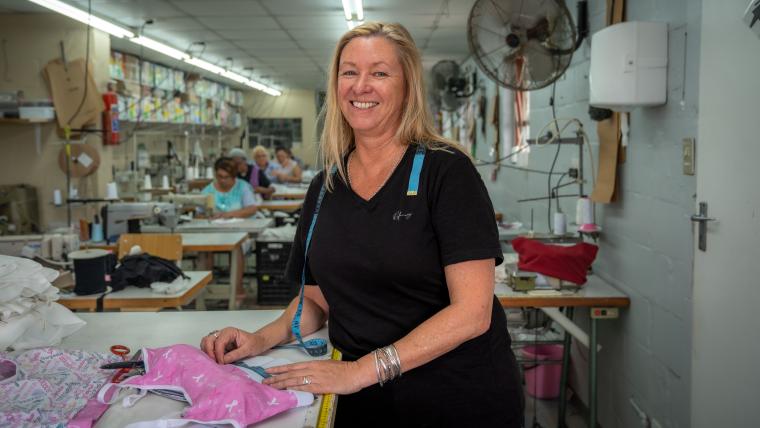
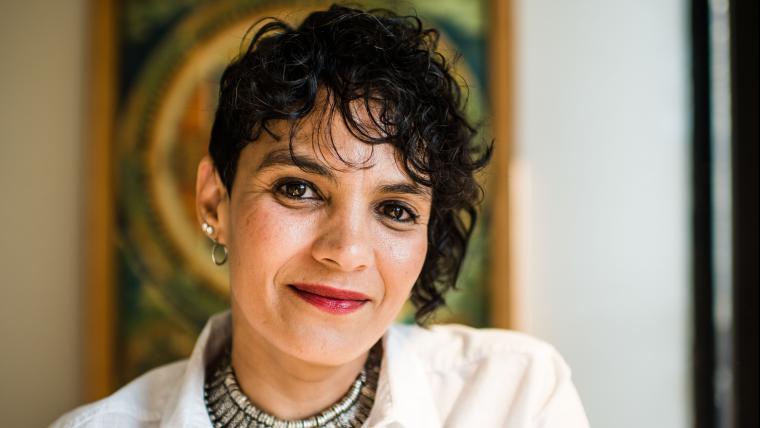
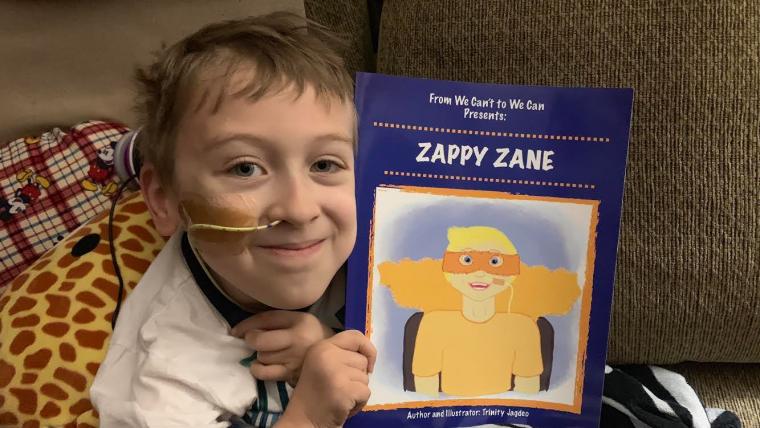
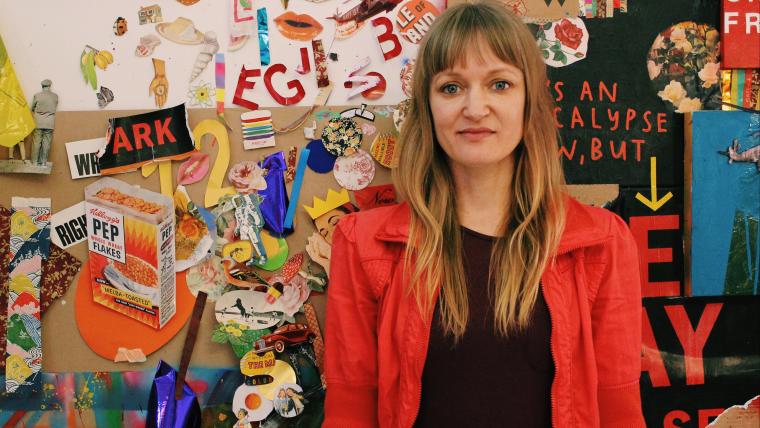
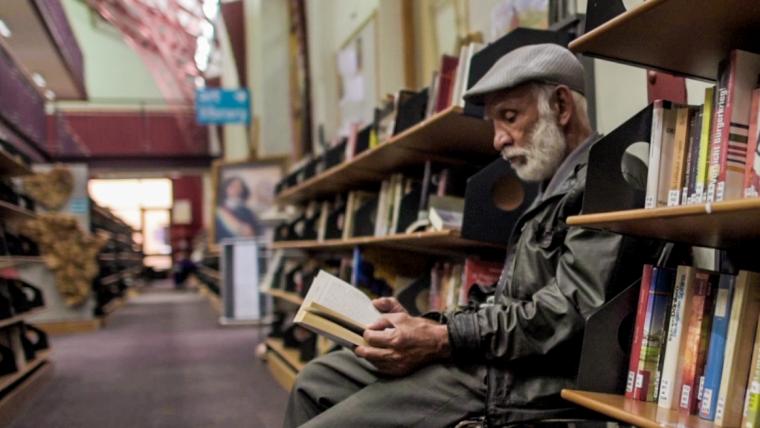
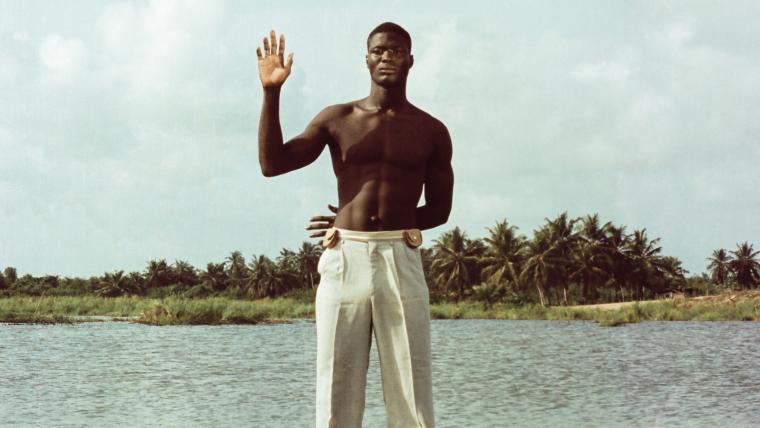
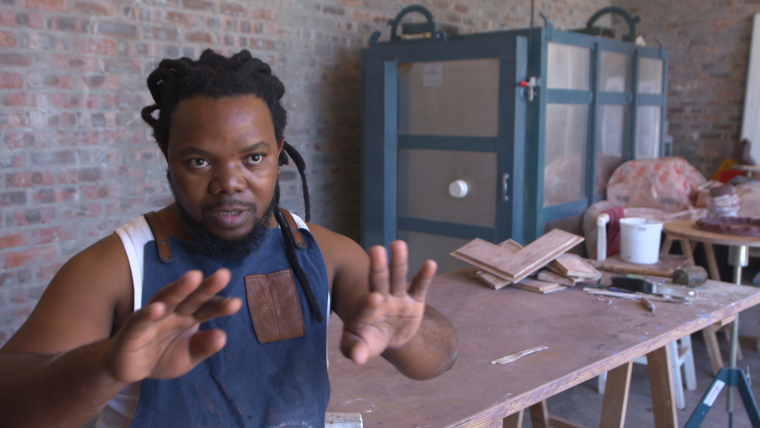
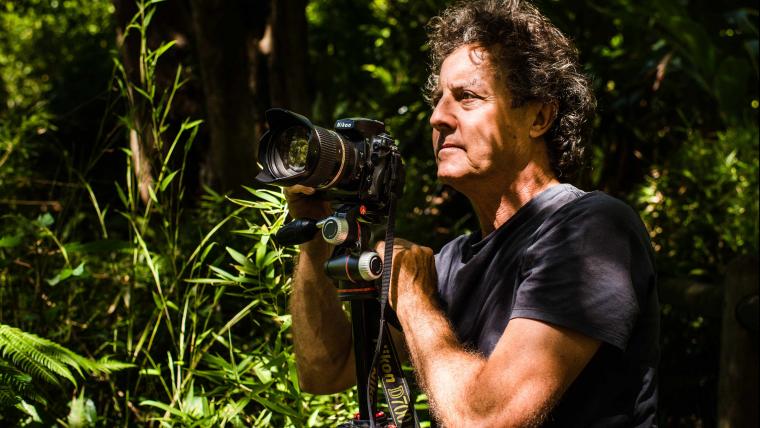
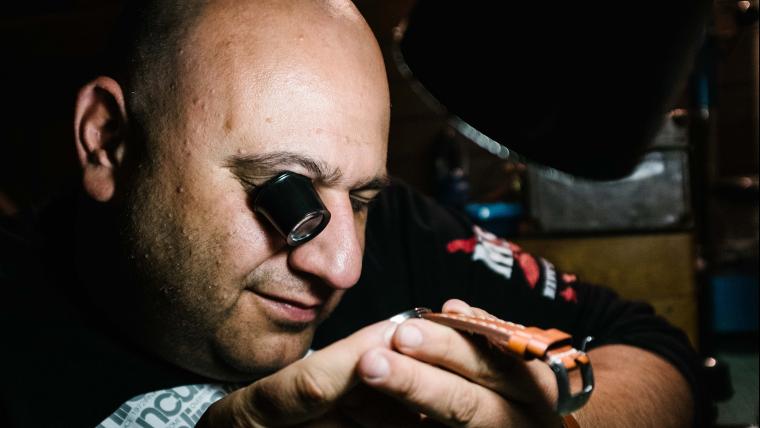
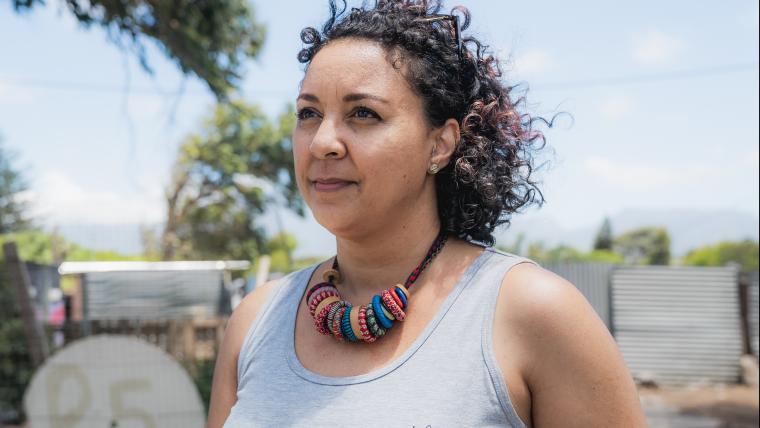




















Please sign in to leave a comment